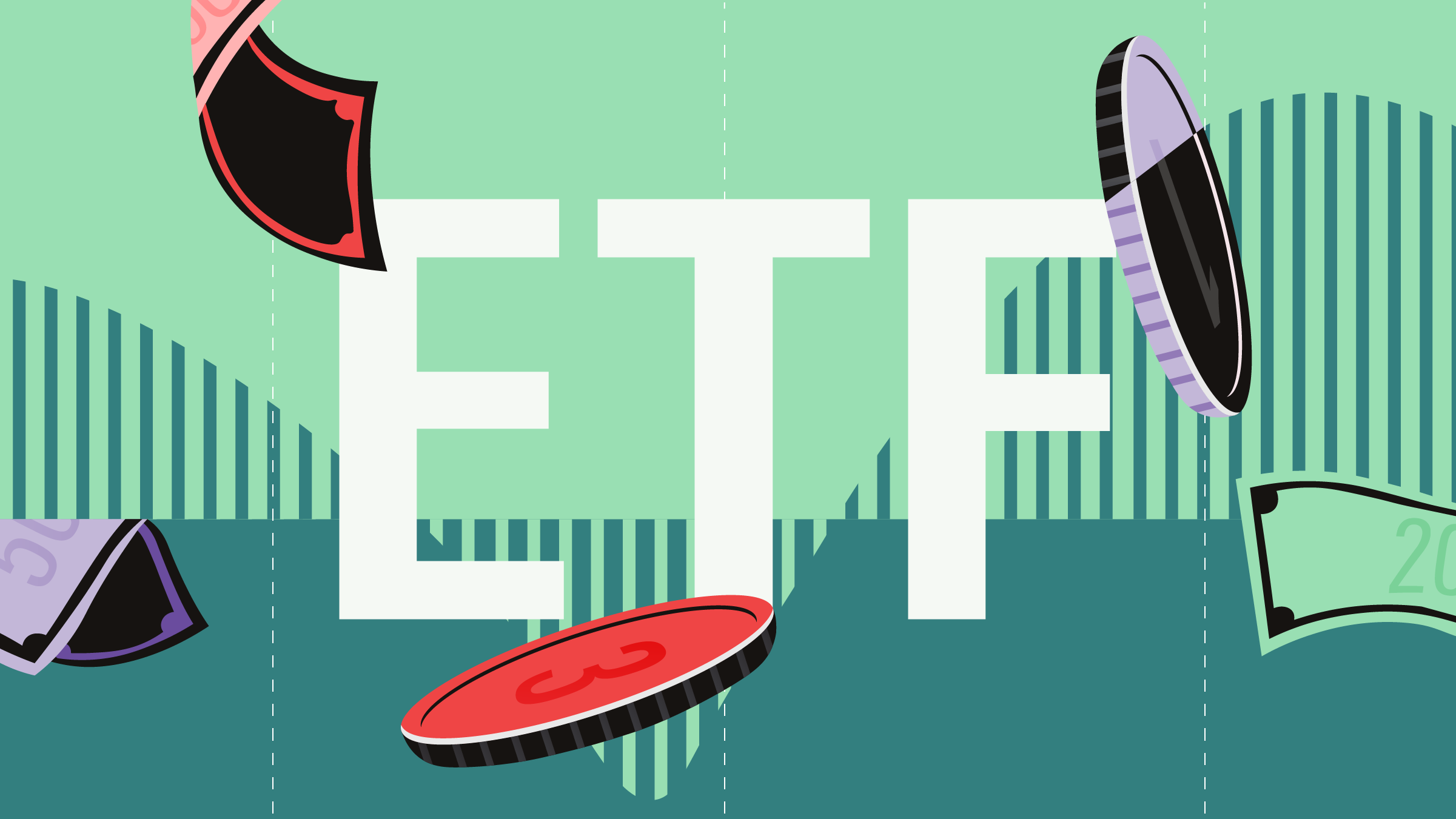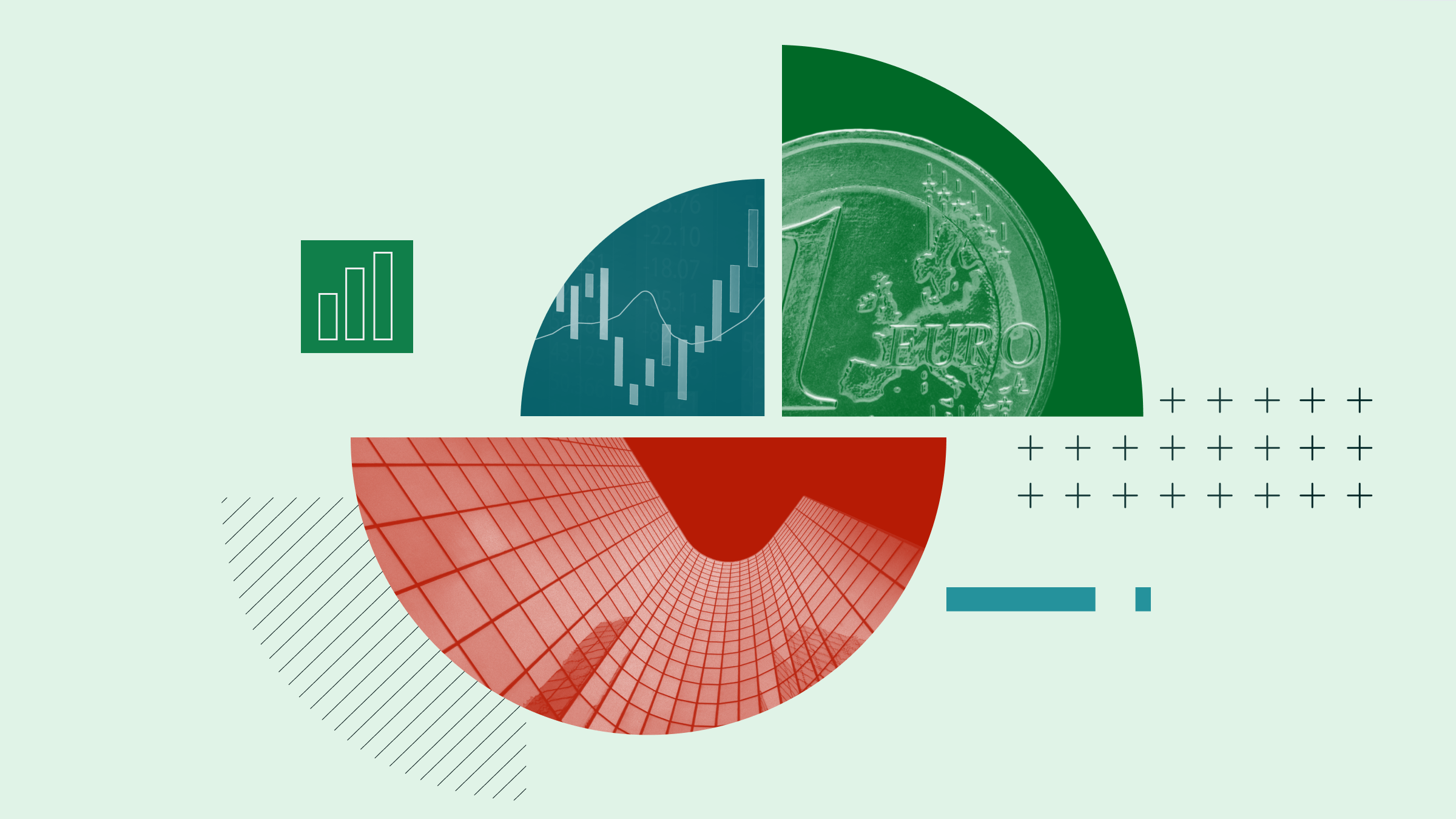Tässä videossa Morningstarin analyytikko Michael Rawson muistuttaa, miksi laaja osakeindeksirahasto on usein parempi vaihtoehto kuin monta erikoistuneempaa rahastoa. Päähyöty tulee kaupankäyntikulujen minimoimisesta. Laaja rahasto edellyttää myös vähemmän tasapainottavia kauppoja.
Christine Benz: Hi, I'm Christine Benz for Morningstar.com.
For indexers, total stock market indexes can make more sense than a basket of more specialised products.
Joining me to discuss this topic is Michael Rawson, a manager research analyst with Morningstar.
Mike, thank you so much for being here.
Michael Rawson: Great to be here.
Benz: Mike, you have recently taken a look at portfolio construction for indexers. Sometimes we see investors building all-index portfolios consisting of more specialized parts, oftentimes maybe a small-, mid-cap and large-cap index fund. You think that in many cases, just going with the total market index is a better way to go. What are your key reasons for that?
Rawson: I think investors can feel compelled to cover all the bases--I need to own are a large-cap fund, a mid-cap fund, a small-cap fund--and you fill up your shopping cart with all these different funds. Meanwhile it can be easier to get that exposure, and more simple, just in one fund--a total stock market fund, which is going to own large, mid and small caps all in the convenience of one fund.
Typically most of the index fund providers are going to offer a total market fund at a lower cost. Vanguard, Fidelity, iShares--they each have a very low-cost total stock market fund. But if you look at the small-cap funds, those are typically more expensive. If you own a small-cap fund, it's going to be a small portion of your overall portfolio. So you may think, well, it's OK; I'm only putting a small portion in that higher-cost fund. But it does add up. So it makes more sense, and it's lower cost, to put the bulk of your portfolio into a total stock market fund.
Benz: You say that turnover is another consideration. In order to keep the portfolio in line, the investor may need to do more trading of that portfolio?
Rawson: When you own a large-cap, a mid-cap, and a small-cap fund, within those individual funds is a small-cap stock that, let's say, migrates up into mid-cap or to large-cap. Those individual funds are going to sell those securities, and the other one is going to buy it. Now it may not sound like much, but it does create a little bit of extra turnover.
Whereas if you were to own a total market fund, if that stock rises in price, it stays within the fund. It just gets ranked in a different position. The fund doesn't have to sell it and then another fund have to buy it. So, there is less turnover.
Also at your portfolio level, the total stock market fund is rebalancing within itself. You don't need to go and sell some of your small-cap fund and buy some of your large-cap fund as the performance varies over time.
In aggregate, it's going to result in less turnover, less chance of having a capital gains tax, and less transaction fees.
Benz: I often talk to investors who say, I want to pick up on that Fama-French effect. I want to perhaps emphasize small caps or small-cap value stocks. What about people who are using strategies like that, or maybe even people who want to be more tactical and want more control over their market-cap exposure?
Rawson: Certainly, and that makes a ton of sense. Historically small caps have outperformed, small-cap value in particular. And so if you wanted to overweight small caps, there is nothing wrong with that. But what I would do is put most of your exposure in that total market fund, and then use a much smaller position to overweight small caps.
So let's say your target allocation is 90% large 10% small. Well, instead of putting 10% of your portfolio in small caps, you could have let's say maybe 96% or 97% in that total market fund and just have a 4% position in the small-cap fund, and you will still get the same effect, because the total market fund has the small-cap stocks covered within the fund. So you already have your baseline exposure, but then you are going to add your overweight in the smaller fund.
The nice thing about that is, again, those small-cap funds are typically more expensive. So you are saving a little bit of money by having most of your exposure in your total market fund, and if you are trading through ETFs, your transaction size will be smaller, so you are less likely to get a bad price. You're moving in the market with a smaller trade.
Benz: Would this idea carry over to overseas funds as well? Should I have the same concept in mind, as I think about building out that part of my portfolio?
Rawson: Absolutely. It probably makes more sense. An emerging-markets fund is going to be more expensive than a total world fund. In a total world or total international fund, you will have some exposure to emerging markets. So get that exposure through a total international fund, and then if you wanted to overweight emerging-markets stocks, you could have a smaller position in an emerging-markets fund.
Benz: You say it's also important, though, as I'm thinking about my U.S. or foreign equity index portfolios, to really pay attention to how my fund company is cutting up these various market segments? What do you mean by that?
Rawson: The index providers all have a slightly different methodology to slice and dice the stock market or the bond market. It is important to understand how that index provider is slicing the market, so you don't unnecessarily overweight a certain segment.
For example, Standard & Poor's has a mid-cap fund and a small-cap fund. So you have the S&P 500, the MidCap 400, and the SmallCap 600. It totals together in what they call the S&P 1500; you have three distinct subcomponents there.
Russell, on the other hand, has a Russell 1000 and a Russell 2000. So, they have a large and a small. They don't really have a unique or independent mid-cap index, so you wouldn't have a separate mid-cap fund if you were looking to buy the market in separate individual segments.
So, you'll would want to go to the index provider's website or read one of our fund reports to see, how should I slice and dice this market.
Benz: As we see more and more assets flowing to index finds and ETFs, it's really important to pay attention to these nuances. Thank you so much for being here, Mike.
Rawson: Thanks for having me, Christine.
Benz: Thanks for watching. I'm Christine Benz for Morningstar.com




















